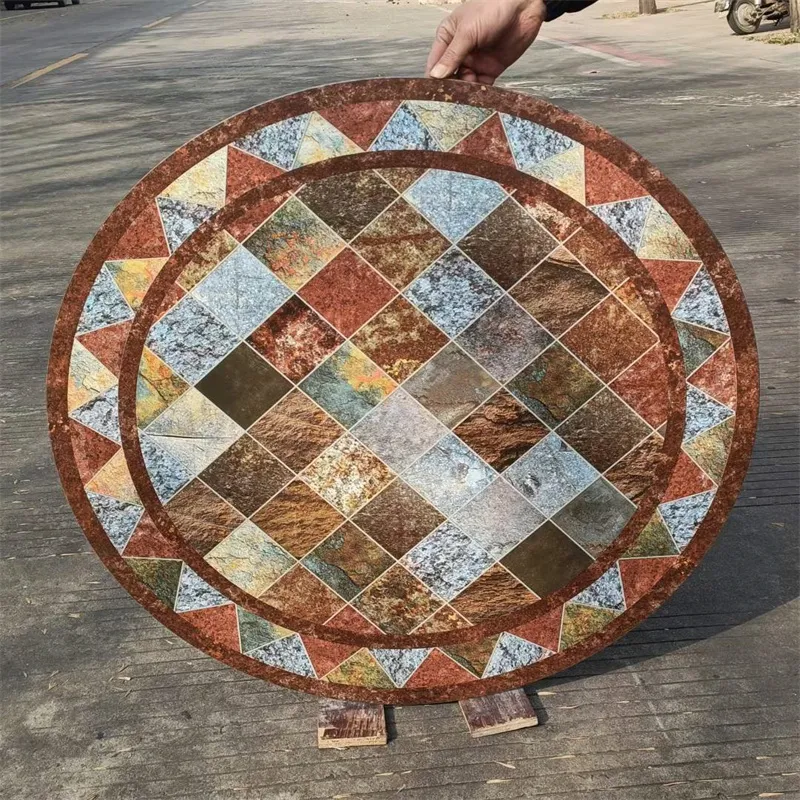Aug . 29, 2024 18:14 Back to list
Laminated Glass - Safety, Durability, and Aesthetic Appeal
Laminated glass is a remarkable material that has gained immense popularity across various industries due to its unique combination of safety, durability, and aesthetic appeal. Comprising two or more layers of glass that are bonded together with an interlayer, typically made of polyvinyl butyral (PVB) or ethylene vinyl acetate (EVA), laminated glass is engineered to provide enhanced performance compared to standard glass.
One of the most significant advantages of laminated glass is its safety features. In the event of breakage, the interlayer holds the glass fragments together, preventing shattering. This property makes laminated glass an ideal choice for applications where human safety is paramount, such as in car windshields, skylights, and building facades. By reducing the risk of injury from flying shards, laminated glass contributes to a more secure environment in both residential and commercial settings.
Moreover, laminated glass offers superior sound insulation properties. The interlayer dampens vibrations caused by sound waves, making it an excellent option for buildings located in noisy urban areas or near busy highways. This aspect of laminated glass not only enhances the comfort of inhabitants but also boosts the overall value of properties.
Another vital feature of laminated glass is its ability to block harmful UV rays
. The interlayer can filter out over 99% of ultraviolet radiation, protecting interiors from fading and deterioration caused by sunlight. This is particularly beneficial for museums, galleries, and homes with valuable artwork or furnishings that could be damaged by prolonged exposure to UV light.laminated glass

Aesthetically, laminated glass provides design flexibility. It is available in various colors, tints, and finishes, allowing architects and designers to create stunning visual effects while maintaining functionality. Laminated glass can be used in a range of applications, from decorative partitions and balustrades to expansive glass facades that offer unobstructed views and natural light.
In recent years, advancements in technology have led to the development of innovative types of laminated glass, including those with energy-efficient properties. These products can further enhance building performance by improving thermal insulation and reducing energy consumption, thus contributing to sustainable architecture.
In conclusion, laminated glass stands out as a versatile and essential material in modern construction and design. Its safety, sound insulation, UV protection, and aesthetic qualities make it a top choice for a wide variety of applications. As industries continue to prioritize safety and sustainability, the demand for laminated glass is likely to grow, solidifying its position as a cornerstone of contemporary architecture and design. Whether used in residential homes, commercial buildings, or automotive applications, laminated glass represents a perfect blend of functionality and style, ensuring that it will remain a key material for years to come.
-
What Is Float Glass- All You Need to Know
NewsJun.04,2025
-
How Is Tempered Glass Made?
NewsJun.04,2025
-
What is Tempered Glass and What It's Used For?
NewsJun.04,2025
-
Different Types of Tempered Glass: Choosing the Right Solution for Your Application
NewsJun.04,2025
-
What is the Difference Between Float Glass and Normal Glass?
NewsMay.30,2025
-
Differences Between Float Glass, Tempered Glass and Laminated Glass
NewsMay.29,2025
Related PRODUCTS














